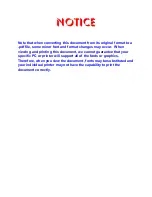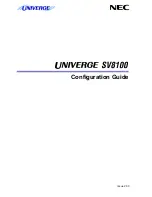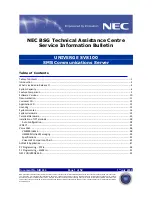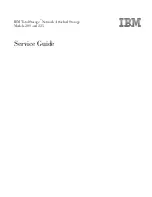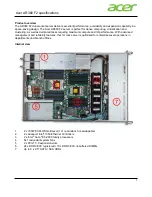
Using the Enhanced Write Filter (EWF) command line
control utility
CAUTION:
Terminal Administrators should use Microsoft® Windows NT® file security to prevent
undesired usage of these commands.
CAUTION:
When using the
-commit
command, all of the temporary contents are permanently written to the flash memory.
NOTE:
Because the Enhanced Write Filter commands are executed on the next boot, you must restart
the computer for the command to take effect.
Windows® Embedded includes the EWF command line control utility. This utility enables you to issue
a set of commands to the EWF driver, report the status of each protected volume overlay, and report
the format of the overall EWF configurations.
By including the EWF Manager console component in your configuration and building it into your image,
you enable use of the EWF command line control utility and the corresponding commands.
To use the Enhanced Write Filter command line control utility:
1.
Select
Start
>
Run
.
2.
Type
CMD
in the Open field to access the system DOS prompt.
3.
Click
OK
.
4.
Type
ewfmgr c:
5.
Press
enter
.
When you enter the
ewfmgr -[boot command]
syntax, use the following commands in the boot command variable of the command line:
●
-all
Displays information about all protected volumes and performs a command, such as disable,
enable, and commit, on each volume, if specified.
●
-commit
Commits all current level data in the overlay to the protected volume, and resets the current overlay
value to 1. You can combine -commit with the -disable command to commit and then disable.
●
-disable
Disables the overlay on the specified protected volume.
●
-enable
14
Chapter 2 Enhanced Write Filter (EWF)































